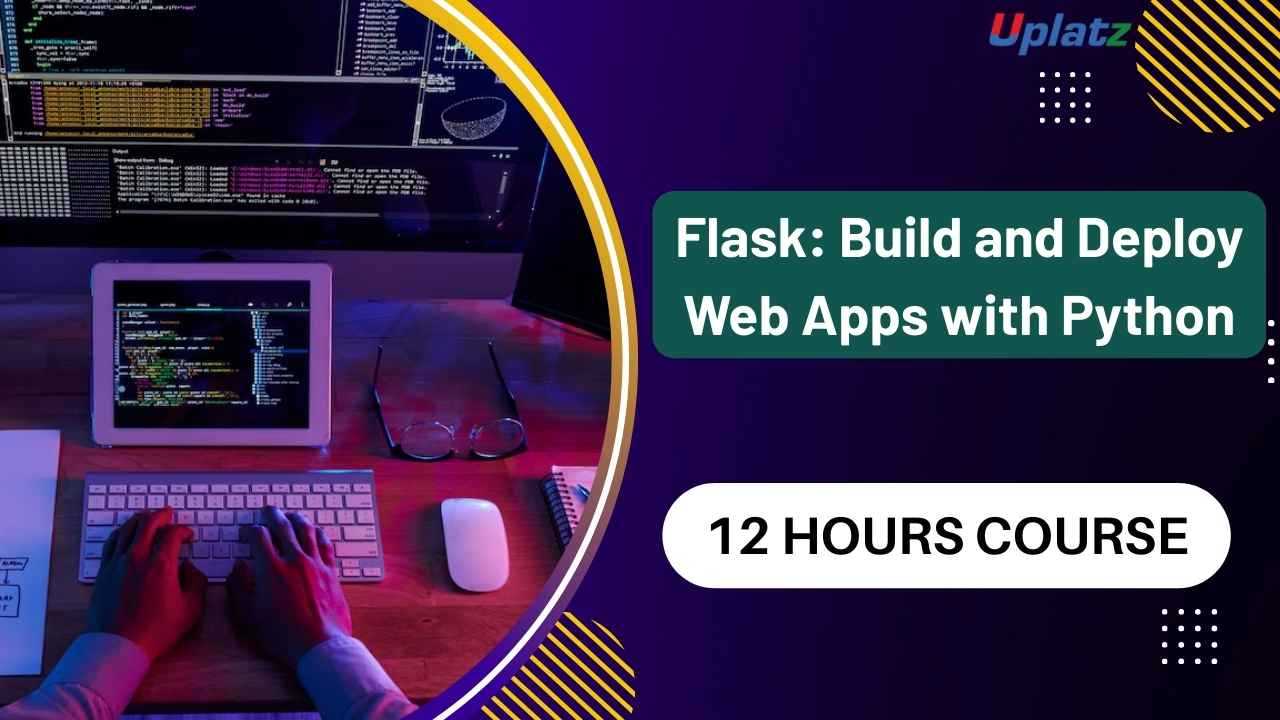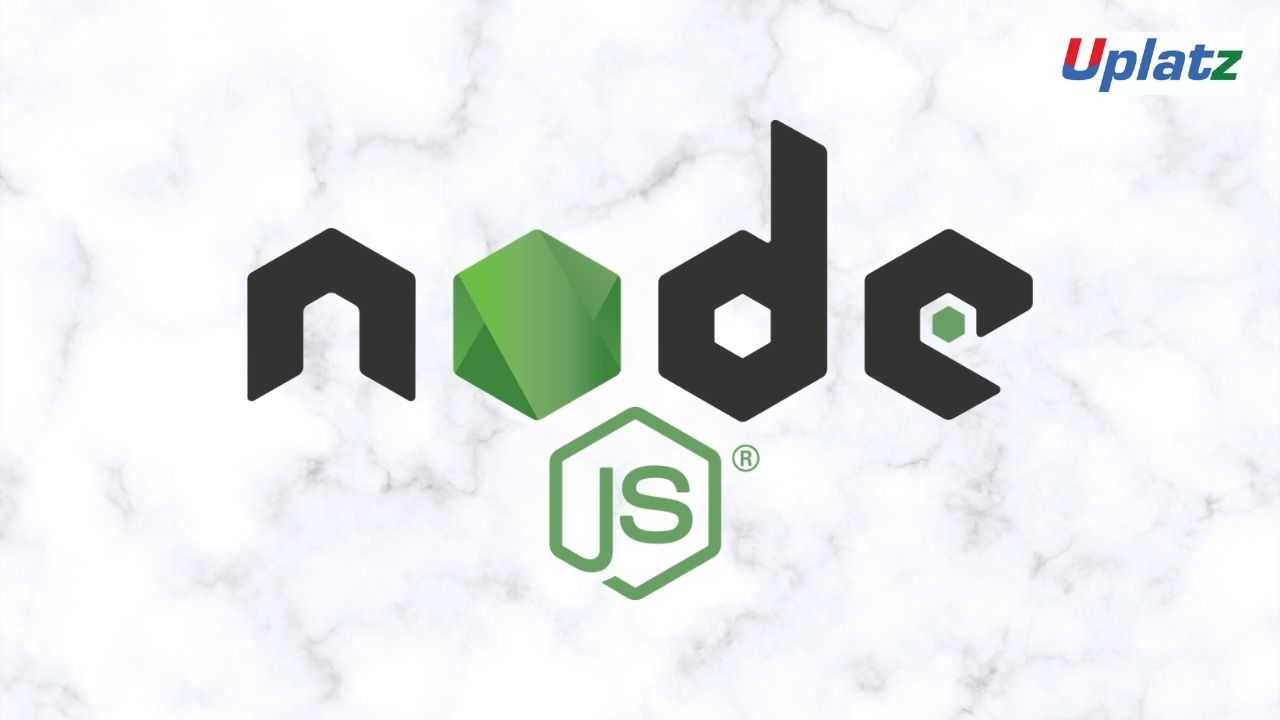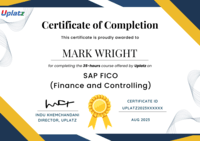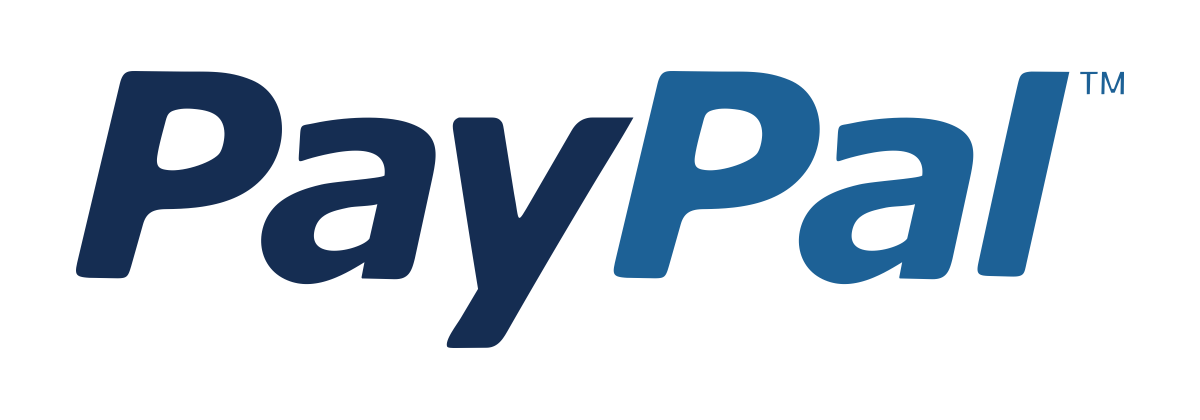HTMX
Master HTMX to build dynamic, modern web applications with minimal JavaScript and maximum simplicity. Price Match Guarantee
Full Lifetime Access
Access on any Device
Technical Support
Secure Checkout
Course Completion Certificate
Price Match Guarantee
Full Lifetime Access
Access on any Device
Technical Support
Secure Checkout
Course Completion Certificate
 97% Started a new career
BUY THIS COURSE (
97% Started a new career
BUY THIS COURSE (GBP 12 GBP 29 )-
 86% Got a pay increase and promotion
86% Got a pay increase and promotion
Students also bought -
-

- Flask
- 12 Hours
- GBP 12
- 856 Learners
-

- Django
- 20 Hours
- GBP 12
- 341 Learners
-

- Node.js
- 21 Hours
- GBP 12
- 1896 Learners

HTMX is a lightweight, modern JavaScript library that brings power back to HTML by extending it with capabilities like AJAX, WebSockets, and Server-Sent Events (SSE) — without requiring complex JavaScript frameworks. It allows developers to create dynamic, interactive, and responsive web applications directly from the server, using just HTML attributes instead of writing large amounts of JavaScript.
This Mastering HTMX – Self-Paced Course by Uplatz teaches you how to build fast, maintainable, and interactive applications with less code. Through step-by-step projects, you’ll learn to add interactivity and modern UI behaviors while keeping your codebase simple and server-driven. By the end of this course, you’ll know how to create high-performance, user-friendly web apps that combine the simplicity of traditional HTML with the power of modern front-end development.
🔍 What is HTMX?
HTMX is an open-source library that enhances HTML by allowing elements to make asynchronous requests and update parts of the page dynamically. Instead of relying on heavy JavaScript frameworks like React, Vue, or Angular, HTMX leverages hypermedia-driven development — meaning your HTML itself defines the behavior of your web application.
Using special attributes like hx-get, hx-post, hx-swap, and hx-trigger, developers can easily handle user interactions such as form submissions, infinite scrolling, content swapping, and live updates — all without writing custom JavaScript logic.
HTMX simplifies development by letting the server handle rendering and logic, while the client (browser) focuses on displaying updates efficiently. This results in faster load times, less complexity, and cleaner architecture.
⚙️ How HTMX Works
HTMX works by interpreting declarative HTML attributes that tell the browser when and how to fetch content from the server and update parts of the page. Here’s how it typically functions:
-
User Action: The user clicks, types, scrolls, or triggers an event on an HTML element.
-
HTMX Attribute: The element (e.g., a button or link) contains an attribute such as
hx-get="/endpoint"orhx-post="/form". -
Server Interaction: HTMX sends an AJAX request to the specified server endpoint.
-
Partial Response: The server responds with an HTML fragment rather than a full page reload.
-
Dynamic Update: HTMX swaps the returned content into the specified target element (
hx-target="#content").
HTMX also supports WebSockets and Server-Sent Events (SSE) for real-time communication, enabling live dashboards, chat systems, notifications, and data streaming — all handled declaratively through HTML.
🏭 How HTMX is Used in the Industry
HTMX has become popular among developers and organizations seeking the simplicity of server-rendered web apps combined with the responsiveness of modern SPAs (Single-Page Applications).
Common industry use cases include:
-
Web Dashboards: Live updates via WebSockets and SSE without heavy JS frameworks.
-
Forms and Modals: Inline submission and validation with partial page updates.
-
Content Platforms: Infinite scrolling and lazy loading for blogs, news, and product listings.
-
SaaS & Admin Panels: Real-time updates and data visualizations with minimal overhead.
-
API-Driven Backends: Seamless integration with frameworks like Django, Flask, Ruby on Rails, ASP.NET, and Node.js.
HTMX is now part of a growing movement known as hypermedia-driven architecture, championed by developers who want faster, simpler, and more maintainable development workflows.
🌟 Benefits of Learning HTMX
Learning HTMX empowers you to build web applications that are fast, responsive, and easy to maintain — without the complexity of modern frontend stacks.
Key benefits include:
-
Lightweight Development: Replace complex JavaScript frameworks with HTML-driven behavior.
-
Better Performance: Reduce bundle sizes and client-side rendering overhead.
-
Server-Driven UX: Simplify architecture by letting the backend control rendering.
-
Faster Prototyping: Build interactive UIs quickly with minimal setup.
-
Full Compatibility: Works with any backend framework and REST or GraphQL APIs.
-
Progressive Enhancement: Enhance existing pages without rewriting your frontend.
-
Improved Maintainability: Reduce dependency bloat and avoid framework churn.
By mastering HTMX, you gain a powerful new way to build modern apps using clean, declarative HTML and familiar server-side techniques.
📘 What You’ll Learn in This Course
This course provides a complete foundation in HTMX, covering everything from core concepts to advanced real-world integrations:
-
The principles of hypermedia-driven web development.
-
How to use HTMX attributes (
hx-get,hx-post,hx-swap,hx-trigger, etc.) for interactivity. -
Implementing AJAX requests and partial page updates.
-
Building features like infinite scrolling, modals, and dynamic tables.
-
Using WebSockets, SSE, and server push for real-time updates.
-
Integrating HTMX with backends such as Django, Flask, Rails, or Node.js.
-
Applying best practices for UX, performance, and maintainability.
-
Debugging HTMX requests and optimizing for production deployment.
By the end of this course, you’ll be able to create responsive, real-time, and production-ready web apps that balance power with simplicity.
🧠 How to Use This Course Effectively
-
Start with Basics: Learn core attributes like
hx-get,hx-post, andhx-swap. -
Build Mini Projects: Create simple components like modals, forms, and pagination.
-
Connect to a Backend: Integrate HTMX with your favorite framework (Flask, Django, or Rails).
-
Explore Advanced Features: Experiment with WebSockets, SSE, and server push.
-
Work on a Capstone Project: Develop a complete interactive app using HTMX.
-
Refine & Optimize: Revisit modules on UX, performance tuning, and maintainability.
👩💻 Who Should Take This Course
This course is ideal for:
-
Frontend Developers looking to simplify interactivity without large frameworks.
-
Backend Developers adding rich client interactions while maintaining server rendering.
-
Full-Stack Engineers exploring lightweight alternatives to React, Vue, or Angular.
-
Students & Professionals learning modern web development techniques.
-
Startups & Teams seeking faster, more efficient development stacks.
Whether you’re maintaining a legacy project or building something new, HTMX helps you deliver modern web experiences with minimal effort.
🧩 Course Format and Certification
The course is self-paced, featuring:
-
HD video lessons and live coding demonstrations.
-
Downloadable examples and reusable templates.
-
Hands-on exercises and real-world projects.
-
Quizzes and practical assessments after each module.
-
Lifetime access with continuous updates.
Upon completion, you’ll receive a Course Completion Certificate from Uplatz, validating your HTMX skills and ability to develop interactive, server-driven applications.
🚀 Why This Course Stands Out
-
Comprehensive Coverage: From beginner concepts to advanced HTMX integrations.
-
Hands-On Projects: Build practical applications during the course.
-
Framework-Friendly: Works with any backend—Flask, Django, Rails, Node.js, or others.
-
Performance-Focused: Learn to build lightweight, fast, and maintainable web apps.
-
Career-Ready Skills: Gain expertise in a fast-growing trend: HTML-driven web development.
By completing this course, you’ll not only master HTMX but also adopt a simpler, more powerful way to develop modern web experiences.
🌐 Final Takeaway
Modern web development often feels over-engineered — heavy frameworks, complex builds, and bloated bundles. HTMX changes that. It empowers developers to create interactive, responsive web applications using just HTML, server rendering, and a few declarative attributes.
The Mastering HTMX – Self-Paced Course by Uplatz teaches you everything from fundamentals to advanced integrations, enabling you to build dynamic, production-grade web apps faster and cleaner. Whether you’re enhancing an existing server-side app or building a new one, HTMX helps you focus on what matters most — performance, simplicity, and maintainability.
Start today and rediscover the joy of building modern web applications — the lightweight, elegant way with HTMX.
By completing this course, learners will:
-
Build dynamic web apps using HTMX attributes.
-
Use AJAX, SSE, and WebSockets without writing heavy JavaScript.
-
Integrate HTMX with popular backend frameworks.
-
Design interactive components like modals, tabs, and forms.
-
Apply progressive enhancement and maintainable web practices.
Course Syllabus
Module 1: Introduction to HTMX
-
What is HTMX?
-
HTMX vs React, Vue, Angular
-
Installing and using HTMX
Module 2: Core Attributes
-
hx-get,hx-post,hx-put,hx-delete -
hx-targetandhx-swapfor partial updates -
Adding interactivity to forms and buttons
Module 3: Events & Triggers
-
hx-triggerfor event-driven requests -
Custom event handling
-
Polling with HTMX
Module 4: Advanced Interactions
-
Infinite scrolling with
hx-trigger -
Lazy loading content
-
File uploads with HTMX
Module 5: Real-Time Features
-
Using WebSockets with HTMX
-
Server-Sent Events (SSE)
-
Push updates from server to client
Module 6: Integration with Backends
-
HTMX with Flask and Django
-
HTMX with Rails and Node.js
-
Rendering partial templates
Module 7: UX & Design Patterns
-
Modals and popups
-
Tabs and accordions
-
Inline editing
Module 8: Deployment & Performance
-
Optimizing server-side rendering
-
Caching strategies
-
Progressive enhancement
Module 9: Real-World Projects
-
Interactive blog with HTMX
-
Real-time chat using WebSockets
-
Admin dashboard with dynamic tables
Module 10: Best Practices & Future Trends
-
Structuring apps with HTMX
-
Accessibility considerations
-
The future of hypermedia-driven apps
Learners will receive a Certificate of Completion from Uplatz, validating their expertise in HTMX and modern lightweight web development. This certification demonstrates readiness for roles in frontend engineering, backend-focused web apps, and full-stack development.
HTMX skills prepare learners for roles such as:
-
Full-Stack Web Developer
-
Backend Developer (with frontend interactivity)
-
Frontend Developer (lightweight apps)
-
Software Engineer (progressive web apps)
-
UI/UX-Focused Developer
HTMX is gaining traction as a lightweight alternative to heavy JS frameworks, making it ideal for startups, SaaS apps, and enterprise apps with server rendering.
Interview Questions & Answers
-
What is HTMX?
A library that extends HTML with attributes to enable AJAX, SSE, and WebSocket interactions. -
How does HTMX differ from React or Vue?
HTMX relies on HTML + server rendering, not client-side SPAs, reducing complexity. -
What is the use of
hx-getandhx-post?
They perform AJAX requests directly from HTML attributes. -
What does
hx-swapdo?
It controls how returned content replaces existing content (e.g.,innerHTML,outerHTML). -
Can HTMX work with any backend?
Yes, it works with Flask, Django, Rails, Node.js, and others that return HTML/JSON. -
How does HTMX handle real-time updates?
With WebSockets and Server-Sent Events (SSE) for push updates. -
What are the benefits of HTMX?
-
Minimal JavaScript
-
Faster development
-
Framework-agnostic
-
What are challenges with HTMX?
Managing complex client-side state may require additional tools. -
What are real-world use cases of HTMX?
Forms, modals, dashboards, infinite scrolling, and live updates. -
Where is HTMX being adopted?
By startups, SaaS platforms, and enterprises moving toward lighter, server-rendered stacks.









